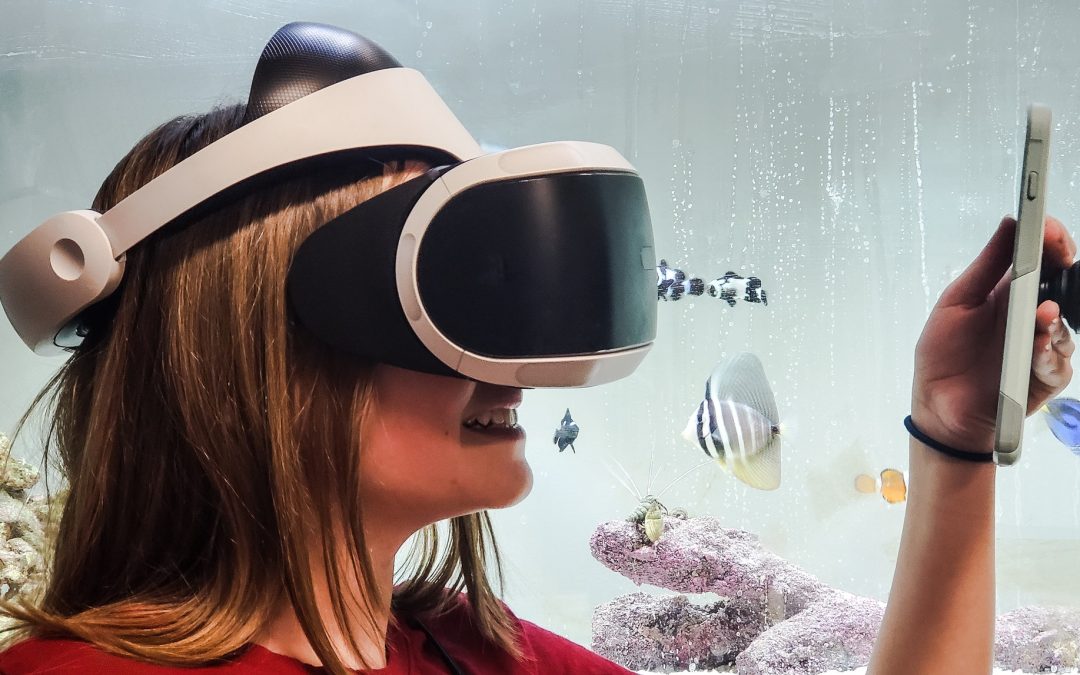Traditional blood pressure monitors are not the only way to determine your levels – so what’s the future for tracking blood pressure?
If you have recently paid a visit to your doctor, you’re probably familiar with the traditional way of measuring blood pressure. It involves wrapping a cuff around your upper arm, it inflates, and then deflates while it shows a reading.
While this method has been effective for years, some people are using technology to change how blood pressure measurement works. These new ideas are looking to make it easier and more convenient to read blood pressure.
Finding new and effective ways to take these readings is necessary as millions of people don’t even know they have hypertension. Hypertension (high blood pressure) often shows up with no symptoms and is a significant factor in developing heart disease.
Moreover, some people experience different blood pressure readings at home than at the doctor’s office. One phenomenon is called “masked” hypertension, which is when your readings are normal at the doctor’s but elevated at home.
Conversely, the “white coat hypertension” phenomenon is the complete opposite and readings are higher at the doctor’s office. According to a recent study, people experiencing this phenomenon are two times as likely to die from heart disease than those with normal blood pressure.
Jordana B. Cohen, MD, MSCE, an assistant professor in the division of Renal-Electrolyte and Hypertension, sees potential in new devices – but with a note: “The most important component is accuracy because if the readings aren’t accurate, the device isn’t providing any value,” Cohen said.
New “Smart” Devices
 According to a June 2019 article by Forbes, Under Armour filed a patent for shoes that can read blood pressure. One sneaker model would connect to another wearable device that could measure blood pressure.
According to a June 2019 article by Forbes, Under Armour filed a patent for shoes that can read blood pressure. One sneaker model would connect to another wearable device that could measure blood pressure.
Another new product that changes how to read blood pressure is a face-scanning app. According to the American Heart Association (AHA), researchers are finding ways to read blood pressure through selfies.
The app works by allowing digital optical sensors in the phone to extract and determine blood flow patterns. “Cuff-based blood pressure measuring devices… are inconvenient and uncomfortable,” said Kang Lee, PhD, the study’s lead author.
However, while the potential for these innovative devices exists, they are not quite ready for market just yet. More research and development is necessary for these future products to become accurate and available in the present.
Measuring Blood Pressure Accurately
While it’s exciting to see what technology can bring to blood pressure measurement, accuracy should always be the top concern. “It’s important to empower patients to be more involved in their own healthcare,” Cohen said. “But if it’s not accurate, there’s no value in it.”
After buying an at-home blood pressure monitor, take it to your doctor so they can check to make sure it’s accurate. Moreover, these devices may not be as accurate with pregnant women or those with atrial fibrillation.
Measuring your blood pressure accurately is essential to decreasing the risk of high blood pressure. If you’re looking for ways to lower your blood pressure, try L-arginine Plus – an effective and safe circulation supplement.

